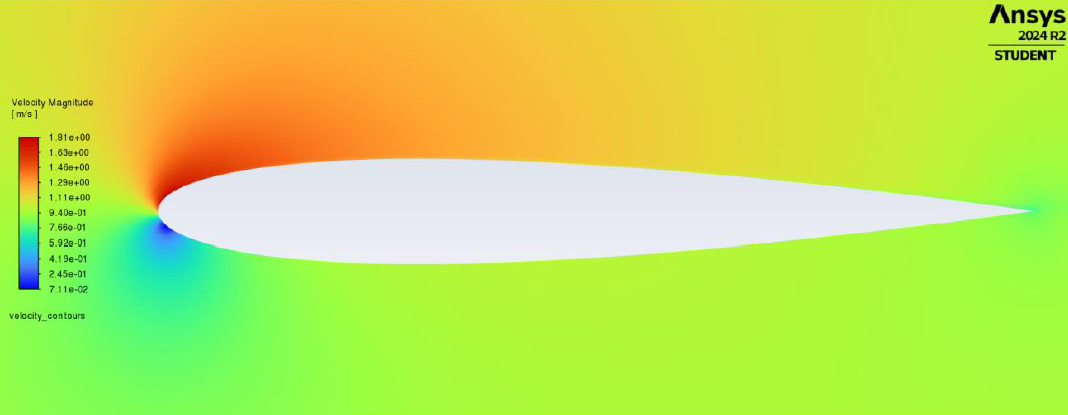Verification & Validation — Lesson 8
To enhance the accuracy of the solution results, the mesh needs to be refined to reduce the discretization error. This can be accomplished by increasing the number of control volumes, focusing on the region near the airfoil because of the high variation in the primary unknowns and the complex geometry. This adjustment can bring the solution closer to the theoretical and experimental results.
This can be accomplished in several ways, but a common approach is to adjust the sizes for the meshing process. This involves modifying the mesh parameters to create a finer resolution, particularly in regions of interest. This can be done iteratively until a desired level of verification has been achieved, but an initial goal of doubling the number of elements near the airfoil serves as a good starting point, and subsequent iterations can further optimize the mesh if necessary.
It is worth noting that significant mesh changes will likely increase the solution time or even stop the solver from converging. Additional problems can cause the meshing process to fail as well. This process therefore requires some trial and error to achieve the desired results when working with an unstructured mesh.
Here is a sample set of changes that can be used to approximately double the number of elements near the airfoil. This can be used as a first level of refinement:
- Sphere of Influence Element Size: .05 m -> .035 m
- Airfoil Edge Sizing: 250 -> 380
- Airfoil Edge Inflation: No Change
Investigating the velocity contours using this new mesh, the effect of numerical viscosity near the airfoil has decreased significantly and has nearly disappeared.

The boundary layer behavior observed was due to a numerical error that caused the fluid to slow down near the airfoil, resulting in a decrease in lift. By refining the mesh, this issue was mitigated, leading to an increased lift coefficient as the suction effect became more pronounced. For results to align more closely with analytical and experimental data, further refinement of the mesh is required. The steps outlined provide a solid foundation for this improvement.

